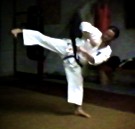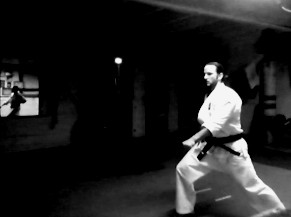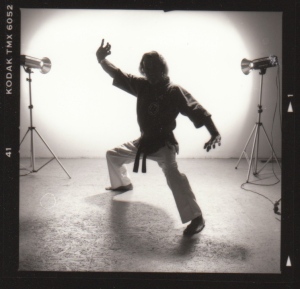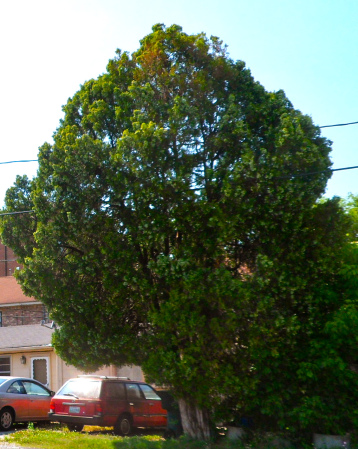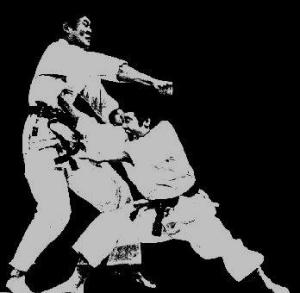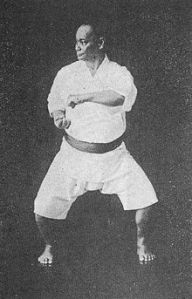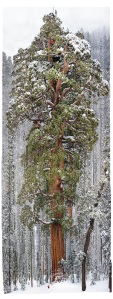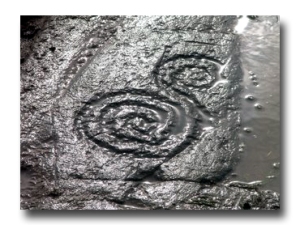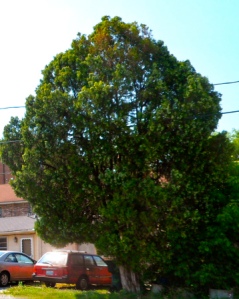
Kosho Tree
Recently, Sensei went through all our Taezu Naru Waza’s. He brought out the book and we went from 1 to 10. Each one; movement by movement, technique by technique. It is important to get each of these techniques to perfection. It is vital that we as students accept what our Sensei has to teach us and to perfect the technique as taught. It is necessary for the each of us, the entire school, every student do these techniques the same way every time.
Now, why is this so important?
Our responsibility as students and as karate-ka is to preserve and perfect that which our Sensei’s teaches.
Perfection of all techniques is essential. Everything is important. There is no part of any of this that doesn’t matter. There is no technique that is unimportant. Even if we don’t understand the “why” behind a technique; in fact, especially if we don’t understand the “why”, we must put forth the effort. The deeper meanings will be revealed though repetition, integration and constant practice. Secret or hidden movements become evident discovered over time.
These Kata’s and Waza’s and Ippon’s and Kihon’s are designed to teach us something at every level. Some are ancient. We honor our ancestors by devoting the time and passion to their mastery. We honor our school and we honor our Sensei by striving to obtain perfection in all our techniques. One cannot practice enough.
We are further obligated to learn our karate with perfection in mind. One day, with the blessings of our predecessors, we will teach the next generation of karate-ka. We must pass these teachings on purely. That means teach as you were taught. If we fail in this, if we pass on an interpretation or a modified Kata, if we change things, then the tradition is changed also. Now, in one generation this might not be such a big deal. The less observant practitioner might not even notice subtle changes. But, what happens when the next generation changes somthing too, and the next generation changes something too. In a few branches down the karate family tree a style might be totally unrecognizable.
In truth, this is really impossible. We are human beings. We are not perfect. So the way I teach will be different from Sensei’s. Just as Sensei teaches in his way and probably not the exact same as he was taught. But, we must make perfection our goal. We must strive to teach as we were taught.
This does not discourage free practice. One must take a Kata and try it all ways possible. Study all applications. Explore all adaptations. The same goes for Waza, Ippon, Kihon, and self defense. To truly master these things we must try them in all ways in any and all environments. Your imagination is your only limitation. But in the Dojo, don’t change it. Don’t alter anything. Don’t leave anything out. Teach what you were taught, unchanged, unfiltered and pure. This is to honor the Fathers of Karate. This is to honor Sensei.

